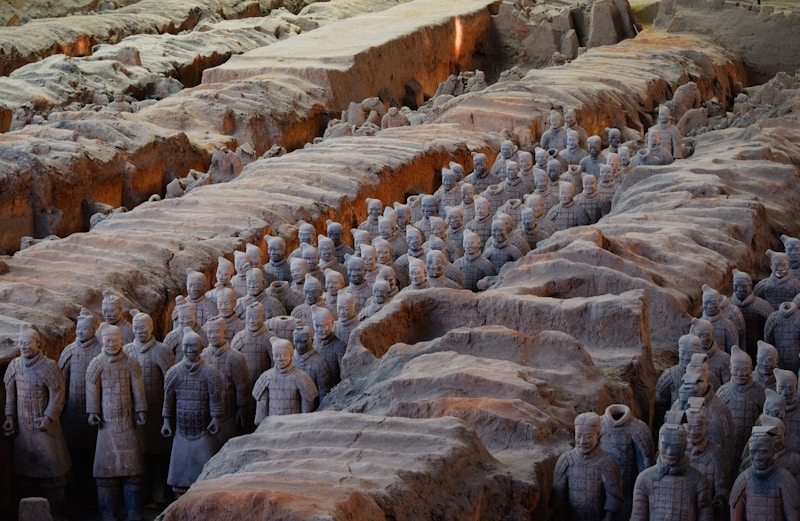12 Questions
What is the primary script used for writing Hindi?
Devanagari script
In Devanagari script, how are letters typically written?
From left to right
What is the meaning of the Hindi word नमस्ते (Namashte) in English?
Hello
What modifies the pronunciation of consonants in Devanagari script?
Diacritics
How are vowels represented in Devanagari script?
Through diacritics above or below consonants
Which feature of Devanagari script represents different vowels through diacritics?
Matras
What diacritic is used to represent the vowel ई (ī) in Hindi?
iokar placed above the consonant
Which script is primarily used for writing Urdu in Pakistan?
Perso-Arabic script
What is the primary difference between Hindi and Urdu in India?
Writing systems
What is the purpose of the Shirdi script in Hindi writing?
Improved speed and efficiency of writing text messages and emails
Which script has gained popularity in transcribing Hindi into English?
Roman script
'The Devanagari script serves as a unifying force' - What does this imply?
It connects millions of Hindi speakers worldwide despite dialect variations
Study Notes
Exploring Hindi: The Language and Its Writing System
Hindi, spoken by over 530 million people, is one of the most widely spoken languages in the world. A member of the Indo-Aryan family, it is the lingua franca of India and is also official in several neighboring countries, such as Nepal, Bangladesh, and Pakistan. In this article, we'll delve into the fascinating world of Hindi, with a particular focus on its writing system.
The Devanagari Script
Hindi, like most Indian languages, primarily uses the Devanagari script. This script is based on a combination of geometric shapes and lines, making it easy to learn and write. In Devanagari, letters are written from left to right, with each being composed of a base, vowels, and consonant modifiers.
Consider the Hindi word नमस्ते (Namashte), which means "hello" or "greetings" in English. The first character, न (na), is a consonant (न) with a vowel (ा) that modifies it. The second consonant, म (ma), is written with the base and a different consonant modifier. Finally, the third consonant, स (sa), also has a vowel and consonant modifier.
Diacritics and Vowels
A defining feature of Devanagari script is the use of diacritics, called vikruti, to represent the different vowels. These diacritics are placed above or below the consonant, modifying its pronunciation. For example, the vowel आ (ā) is represented by a diacritic known as the anusvara, which is placed below the consonant.
The vowel ई (ī) is represented by the iokar, a diacritic that is placed above the consonant. There are also two more vowels, ु (u) and ऋ (ṝ), that are represented by diacritics placed to the left and right sides respectively.
Dialects and Spelling Variations
Hindi is not a single, homogeneous language; instead, it encompasses numerous dialects and regional variations. Despite this diversity, the Devanagari script provides a common ground for all Hindi speakers.
One notable exception is the use of the Perso-Arabic script in Hindi and Urdu. Urdu, a language that originated from the Hindustani dialect, is primarily written in the Perso-Arabic script in Pakistan and some parts of India. However, in India, Hindi and Urdu share the same vocabulary, grammar, and syntax, with the primary difference being their writing systems.
Modern Trends in Writing
The Devanagari script has undergone various innovations and modifications in recent decades. One of the most significant changes is the introduction of a phonetic script called Shirdi script (shorthand for 'simplified Hindi'). This script was created to improve the speed and efficiency of writing text messages and emails.
Another development is the use of the Roman script in Hindi, often referred to as the Roman Hindi script. While the Devanagari script remains the standard, the Roman script has gained popularity in recent years, particularly in computer and mobile applications. The Roman script is simpler and more familiar to many non-Hindi speakers, making it an attractive option for transcribing Hindi into English and vice versa.
Conclusion
The Devanagari script is a beautiful and elegant system that provides Hindi speakers with a comprehensive and efficient method of communication. Although Hindi has numerous dialects and variations, the Devanagari script serves as a unifying force, connecting millions of Hindi speakers across the world. Whether you're a native speaker or a linguistic enthusiast, understanding the Devanagari script is a fascinating and rewarding journey into the heart of the Hindi language.
Delve into the fascinating world of Hindi language and its writing system with a focus on the Devanagari script. Learn about the structure of letters, vowels, diacritics, and modern trends in writing Hindi using different scripts.
Make Your Own Quizzes and Flashcards
Convert your notes into interactive study material.


